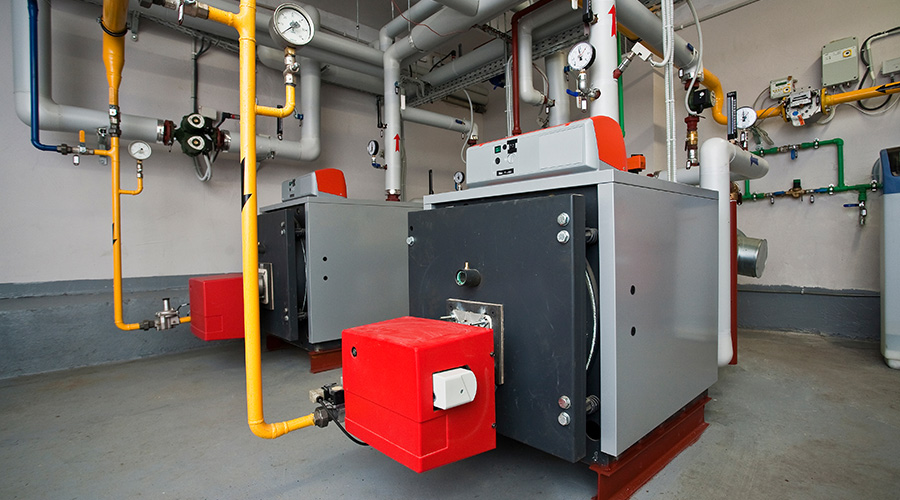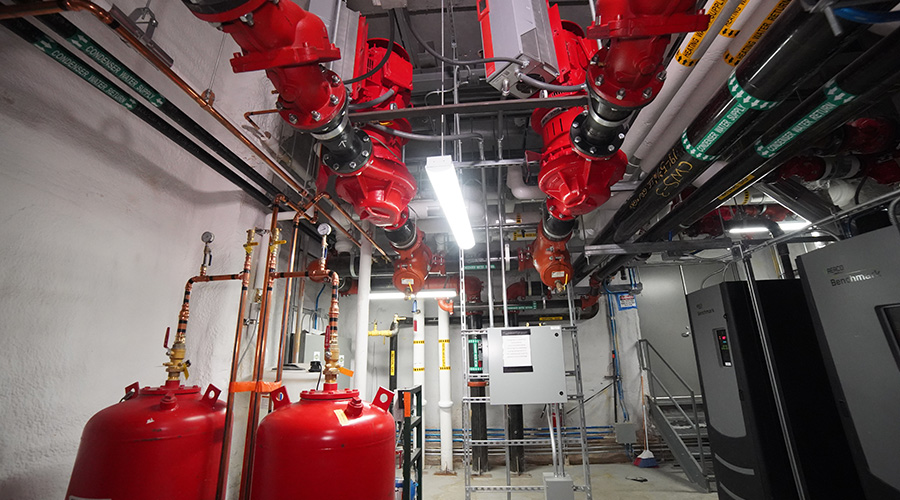Data Loggers Solve Problems in Data Centers, HVAC Systems
Because they can measure many variables and attach a time stamp to each measurement, data loggers have accurately tracked trends in most physical characteristics a system manifests. And they relieve technicians from the tedious task of monitoring, freeing them to perform better PM or other continuous-improvement tasks.
The data logger will take a reading of the variable it is tracking and record it in an electronic database. Some typical uses for data loggers include monitoring temperature, relative humidity, power quality, pulse and switch contact, pressure, many various process signals, indoor air quality data, and labor performance.
Managers can specify several classes of monitors for each type of variable. Types of temperature loggers include thermistor, thermocouple, resistance temperature device (RTD), and waterproof, depending on the sensor used and the application conditions.
Data centers use data loggers to identify causes of crashes, such as voltage fluctuations that exceed the equipment capability. Logging and time-stamping voltage readings measure the severity of the problem, and technicians can correct it by inserting isolation transformers between the data center’s equipment and the incoming power from the utility. Another data center problem that data loggers can measure and help control is heat buildup, especially in spaces converted with poor air circulation.
Data loggers also have solved many HVAC equipment problems, including zone-temperature imbalance, high- and low-temperature alarms, filter replacement optimization, compressed-air-pressure variation, and cooling-system performance, all of which improve energy efficiency.
Maintenance managers also can specify soil-moisture data loggers to optimize watering cycles, saving energy and maintaining healthier lawns, trees and plant beds that also can increase property value.
Recently, managers have begun using PDA-type data loggers, with work-sampling software loaded into their operating systems, to rapidly measure maintenance productivity and calculate savings versus cost of productivity-improvement programs.
So a technician can observe, analyze and classify performance at any instant and record it on a portable PDA. The data-logger automatically applies a time stamp, so each reading has a specific date and time associated with it. One example of this process might involve a study to determine the productivity of a maintenance crew by measuring the number and types of delays the crew experiences over a predetermined work period.
Related Topics:













